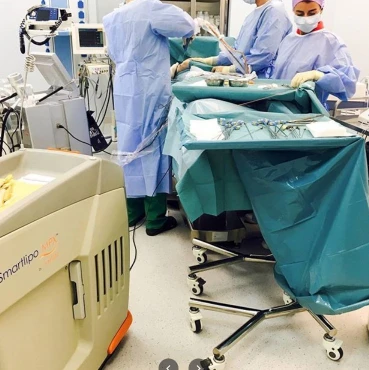from Dima Plotnikov
December 04, 2023
The clinic offers excellent service, but they lack flexibility when it comes to rescheduling appointments. I understand the importance of their regulations, yet there should be exceptions for situations like the passing of a friend or other emergencies.
from Burhan Sayılı
September 05, 2023
They have a designated client parking yet no instructions, I got a parking fine because of it. When I contacted them about it, i didn't even receive a response. Disappointing!
Dear fellow expats, I strongly advise against visiting that place; regrettably, my interaction with this clinic has been exceptionally unsatisfactory and unprofessional.
If you require a written statement of an x-ray for your personal physician, it is too much to request from them; please note that they will not fulfill the task. Additionally, if their staff cannot contact you by phone after booking a service that never materializes, they refuse to reimburse the amount paid by you.
When a healthcare professional utters the words, "I've spotted something strange on your x-ray," it shouldn't be taken lightly. This statement carries immense significance for patients, necessitating immediate attention and action by a person in a position of indisputable authority.
Instead, you will likely be kept in the dark regarding a possible diagnosis.
Rather than providing you with crucial information about your health status, they waste their time taking snapshots as evidence of attempting to contact you.
Furthermore, do not be deceived by their advertised prices, as there are numerous extra charges, such as follow-ups or additional tests recommended during the consultation, which ultimately increase your bill significantly.
As someone with a medical background who has visited public and private healthcare facilities across the globe, I can confidently say that I have never witnessed such peculiar and potentially unlawful procedures.
Unfortunately, some medical professionals there prioritize their financial gain over providing quality care. These doctors may pressure patients into unnecessary follow-up appointments, causing stress, anxiety and potentially wasting valuable time and resources.
In conclusion, I strongly advise against utilizing this facility, especially if one happens to be an expatriate seeking medical services abroad.














